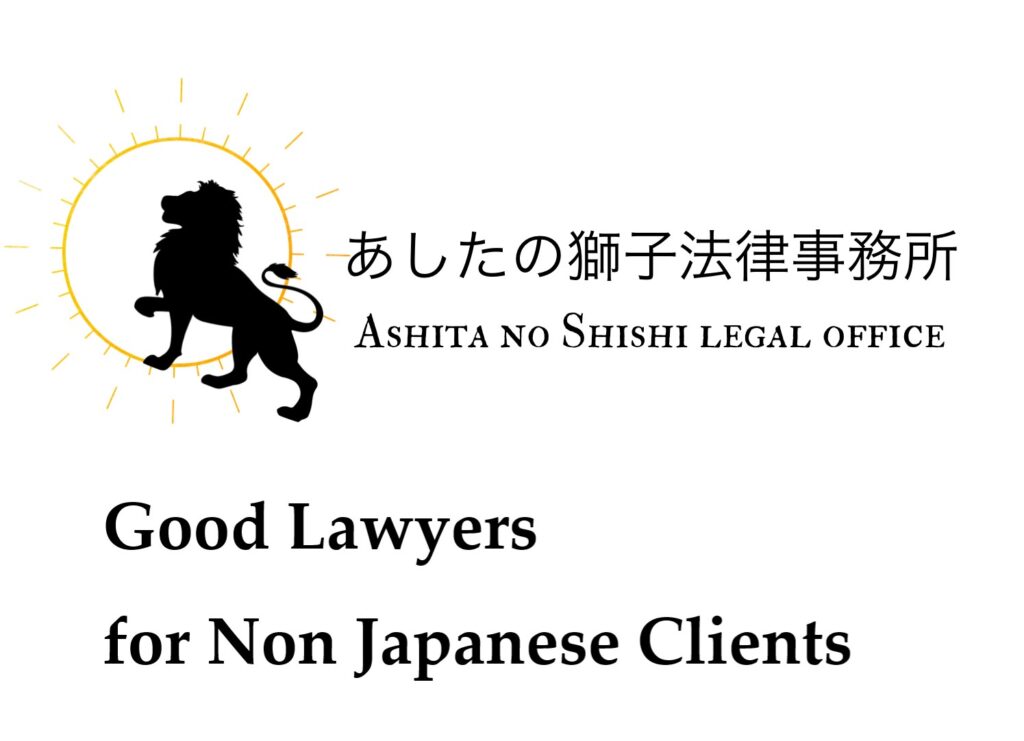Japan’s Two-Stage Visa Fee Hike: What the 2025 Increase Means and Why a Much Larger One Is Being Considered
A deeper look at the rising cost of living legally in Japan
A Quiet but Significant Shift in Japan’s Immigration System
In April 2025, Japan introduced its first major increase in visa-related fees in more than 40 years.
The changes affected everyday procedures such as visa renewals, status changes, and permanent residence applications—processes familiar to anyone living or working long-term in Japan.
The increase itself was not dramatic in numerical terms. Visa renewal and status change fees rose from ¥4,000 to ¥6,000, while the fee for permanent residence went from ¥8,000 to ¥10,000. Yet symbolically, the shift was striking: after decades of freezing the fees, Japan officially acknowledged that its immigration infrastructure could no longer operate on the old cost structure.
The new amounts apply to applications accepted on or after April 1, 2025. Applications submitted by March 31 still fell under the previous fee structure.
The government also introduced a differentiation between in-person and online applications, making online submissions slightly cheaper—a clear sign that digitalization of immigration procedures is now a policy priority.
But this April reform may soon be viewed as merely the first step.
A Much Larger Fee Hike Is Now on the Table
Since late 2025, multiple outlets have reported that the Japanese government is considering a far more substantial increase.
The numbers being discussed are on a completely different scale: visa renewals and status changes could rise to ¥30,000–40,000, while the fee for permanent residence may exceed ¥100,000.
If implemented, this would represent a five- to seven-fold increase for standard renewals, and almost a ten-fold jump for permanent residence.
Although the proposal is not yet formalized, reports indicate that the government aims to implement the new fee structure sometime in or around FY2027.
Such a shift would require amendments to the Immigration Control and Refugee Recognition Act or related ordinances, meaning parliamentary deliberation is unavoidable.
Japan’s stated rationale is to bring the fee system “closer to Western standards.”
In many Western countries, immigration services are priced much higher, sometimes reaching into the hundreds or thousands of dollars.
Japan has long remained an outlier, with unusually low fees relative to its administrative workload.
This new proposal would move Japan away from its traditionally low-cost model and toward a system in which applicants bear a larger share of the administrative and policy costs.
Why Is Japan Moving Toward Higher Visa Fees?
A Rapidly Growing Foreign Resident Population
Japan now hosts nearly 4 million foreign residents—more than ever before.
Every additional resident represents more administrative work: issuing residence cards, processing renewals, conducting status checks, and maintaining compliance systems.
Rising Costs for Multicultural Support and Oversight
The government is placing increasing emphasis on immigration oversight, Japanese-language education, multicultural support programs, and measures to prevent unlawful employment or overstays.
These initiatives require stable funding.
Officials have increasingly emphasized that foreign residents should share some portion of the costs associated with maintaining a functioning immigration system.
Digitalization and System Modernization
Japan’s immigration system is undergoing overdue modernization.
Online application portals, database integrations, and AI-supported screening tools all require investment.
The April 2025 change—where online applications are slightly cheaper—is a signal that Japan is nudging users toward digital tools while trying to recover the cost of building them.
What This Means for Foreign Residents
For many foreign residents, a jump from ¥6,000 to ¥30,000–40,000 per renewal would be a serious burden.
Students, part-time workers, trainee program participants, and families living on modest incomes may find the new structure particularly challenging.
Even highly skilled professionals could feel the pressure when multiple family members must renew visas every few years.
Permanent residence, too, could become financially out of reach for individuals who are otherwise eligible.
If the fee exceeds ¥100,000, some applicants may simply postpone—or abandon—their plans despite meeting the substantive requirements.
Employers Will Also Need to Prepare
For employers hiring foreign talent, visa-related costs will become an important part of HR and budgeting strategies.
A company that employs ten foreign workers could face renewal-related expenses totaling several hundred thousand yen per cycle.
This shift will likely trigger questions such as:
- Will the employer cover the cost, or will employees pay?
- Should employment contracts specify how visa expenses are handled?
- Is it more cost-effective to help employees obtain five-year visas or permanent residence?
Looking Ahead: Navigating Two Timelines
1. The 2025 Increase (Already in Force)
This is the fee structure everyone must follow now.
Foreign residents should familiarize themselves with the new amounts and use online applications whenever possible.
2. The Proposed Large-Scale Increase (Not Yet Law)
If enacted, this reform could fundamentally reshape the economics of staying in Japan.
Foreign residents considering permanent residence, and employers planning long-term hiring, should begin preparing early—even before any bill is formally submitted.
Conclusion: Balancing System Costs with the Realities of Everyday Life
Raising immigration-related fees is not inherently unreasonable.
A modern, reliable immigration system does require financial support—for staffing, technology, digitalization, and multicultural programs.
Japan cannot sustain such a system without adequate funding.
But foreign residents are not abstract policy figures.
They are students, workers, caregivers, spouses, and members of communities across Japan.
Many do not live with large financial buffers.
For them, a renewal fee of ¥30,000–40,000 or a permanent residence fee exceeding ¥100,000 is not a small administrative detail—it’s a direct hit to their daily lives.
The task for policymakers, then, is not simply to raise fees, but to determine the right balance: one that supports the maintenance and improvement of Japan’s immigration system without imposing excessive burdens on people who rely on it to live legally and securely.
An immigration system should protect both its institutional integrity and the well-being of those who depend on it.
As Japan increasingly relies on foreign residents to sustain its economy and communities, its fee structure must reflect not only financial logic but also social responsibility.
The balance between system costs and individual burden will shape whether Japan’s future is truly one of coexistence—or merely compliance.










